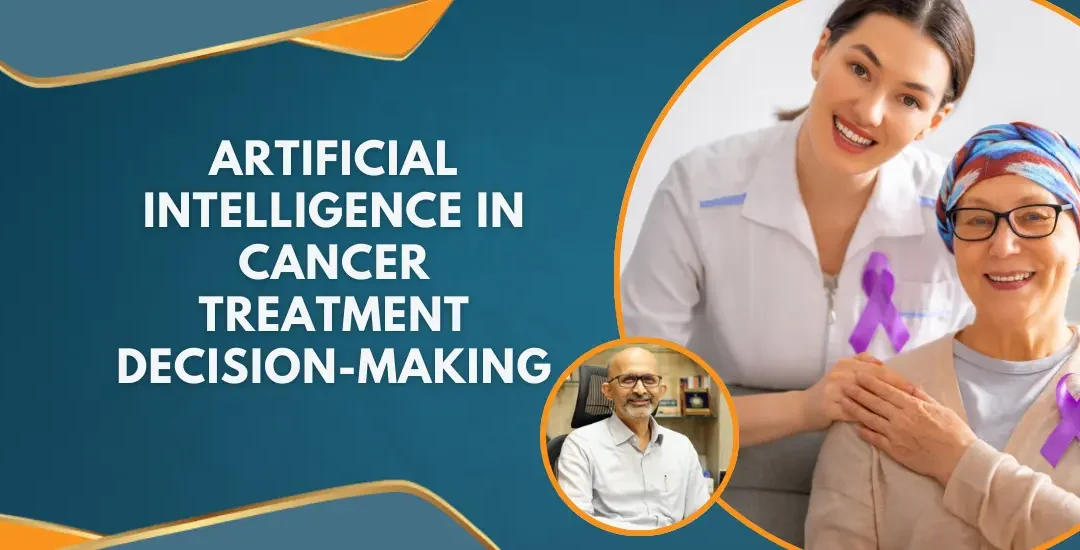
Artificial Intelligence in Cancer Treatment Decision-Making: A New Frontier
In recent years, advancements in artificial intelligence (AI) have revolutionized various industries, and healthcare is no exception. Particularly in cancer treatment, AI is being explored as a potential tool to enhance decision-making processes. A recent study published in BJS Open evaluated the concordance between therapeutic recommendations for colorectal cancer (a type of cancer that affects the colon or rectum) made by multidisciplinary teams (MDTs) and those generated by an AI model, ChatGPT. The findings shed light on the role AI might play in the future of cancer care, offering both opportunities and challenges.
The Role of Multidisciplinary Teams in Cancer Care
When treating complex conditions like colorectal cancer, decisions are typically made by a multidisciplinary team (MDT). This team consists of specialists from various medical fields—such as surgeons, oncologists, radiologists, and pathologists—who collaborate to create tailored treatment plans for each patient. MDTs are considered the gold standard for cancer care because they integrate diverse expertise and take into account patient-specific factors like age, medical history, and overall health.
However, MDTs are not without challenges. They require significant time, resources, and coordination. Additionally, because they are human-led, decisions may sometimes be influenced by individual biases or subjective perspectives. As the number of cancer cases rises globally, the demand on MDTs continues to grow, leading researchers to explore innovative solutions like AI to support their work.
AI in Medicine: Introducing ChatGPT to Cancer Care
ChatGPT, a large language model, has shown promise in various fields, from education to customer service. In medicine, tools like ChatGPT are being developed to assist with diagnosing illnesses, suggesting treatments, and even supporting patient communication. In the study, researchers tested ChatGPT’s ability to recommend treatment plans for newly diagnosed colorectal cancer patients and compared its decisions to those of MDTs.
The results were intriguing. ChatGPT’s recommendations aligned with MDT decisions 72.5% of the time in pre-treatment discussions and 82.8% in post-treatment discussions. This level of concordance suggests that AI could play a supportive role in cancer treatment planning, particularly by providing an additional layer of insight or confirming existing decisions. Moreover, AI models like ChatGPT have the potential to reduce the workload on MDTs by processing large amounts of clinical data quickly.
Benefits of AI in Cancer Treatment Decision-Making
- Efficiency and Speed: AI can analyze complex clinical data quickly, potentially saving time during decision-making processes.
- Consistency: Unlike humans, AI tools do not experience fatigue, distractions, or emotional biases, which can lead to more consistent decision-making.
- Access to Guidelines: ChatGPT was programmed to follow the German S3 guidelines (a leading evidence-based framework for colorectal cancer treatment). This ensures its recommendations are grounded in established medical protocols.
Scalability: As the demand for MDTs increases, AI tools could help manage growing caseloads, especially in resource-limited settings where access to specialists may be constrained.
Challenges and Limitations of AI in Medicine
- Limited Context Understanding: ChatGPT relies on textual data to make recommendations and cannot interpret nuanced visual information from imaging tests like CT or MRI scans. This may lead to oversimplified or incomplete suggestions.
- Human Factors: Decisions in cancer care are not just about clinical data; they also consider factors like a patient’s psychological state, social circumstances, and functional health. AI lacks the ability to account for these human elements.
- Age and Complexity: The study found that discrepancies between ChatGPT and MDT recommendations were higher in older patients (above 77 years) and those with more complex health conditions. This highlights the importance of human oversight when using AI in clinical settings.
- Potential for Errors (Hallucinations): Although not observed in this study, AI models can sometimes generate incorrect or misleading information, known as “hallucinations.” Rigorous monitoring is essential to avoid such risks.
The Future of AI in Healthcare: A Collaborative Approach
While AI is unlikely to replace MDTs anytime soon, it has the potential to complement their work. For instance, AI could serve as a “second opinion,” offering alternative perspectives or confirming decisions. It may also be used to triage patients, identify treatment options based on clinical guidelines, or streamline administrative tasks, freeing up time for healthcare professionals to focus on patient care.
However, the integration of AI into healthcare must be approached with caution. Ethical considerations, such as patient consent and data privacy, are critical. Additionally, standardized frameworks will be needed to ensure accountability and transparency in AI-assisted decision-making.
Conclusion: A Patient-Centric Future
The study underscores the growing role of AI in healthcare and its potential to enhance cancer treatment decision-making. By working alongside human experts, AI tools like ChatGPT can help improve efficiency, reduce workload, and ensure evidence-based care. However, AI’s limitations highlight the irreplaceable value of human judgment, empathy, and experience in medicine.
As innovations in AI continue to evolve, the future of healthcare looks brighter. By combining the strengths of advanced technology with the expertise of dedicated healthcare teams, we can move closer to a world where every patient receives timely, personalized, and high-quality care. At MACS Clinic in Bangalore, under the leadership of experts like Dr. Sandeep Nayak, such advancements hold the promise of transforming cancer treatment, making it more accessible, efficient, and patient-focused.

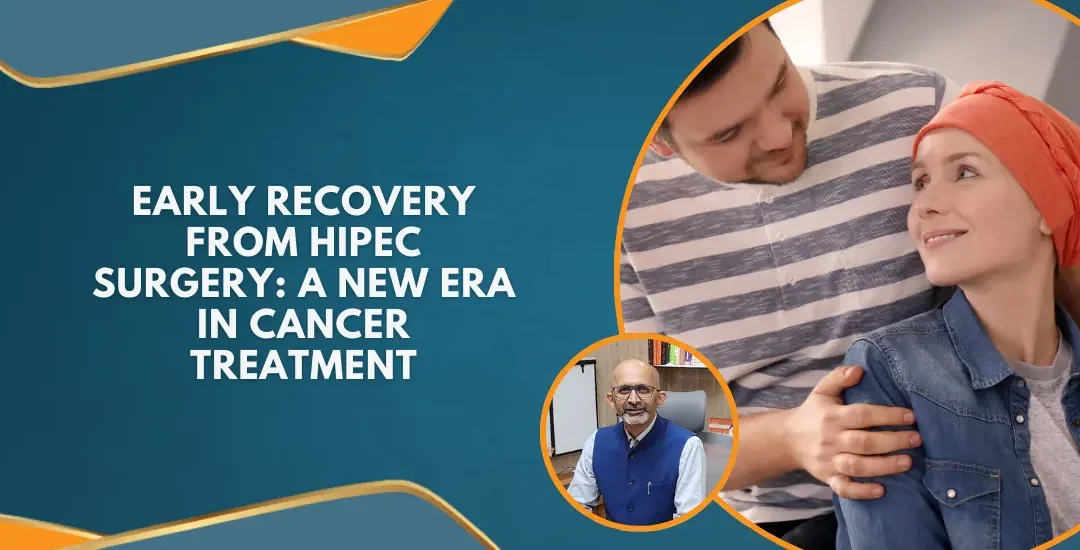
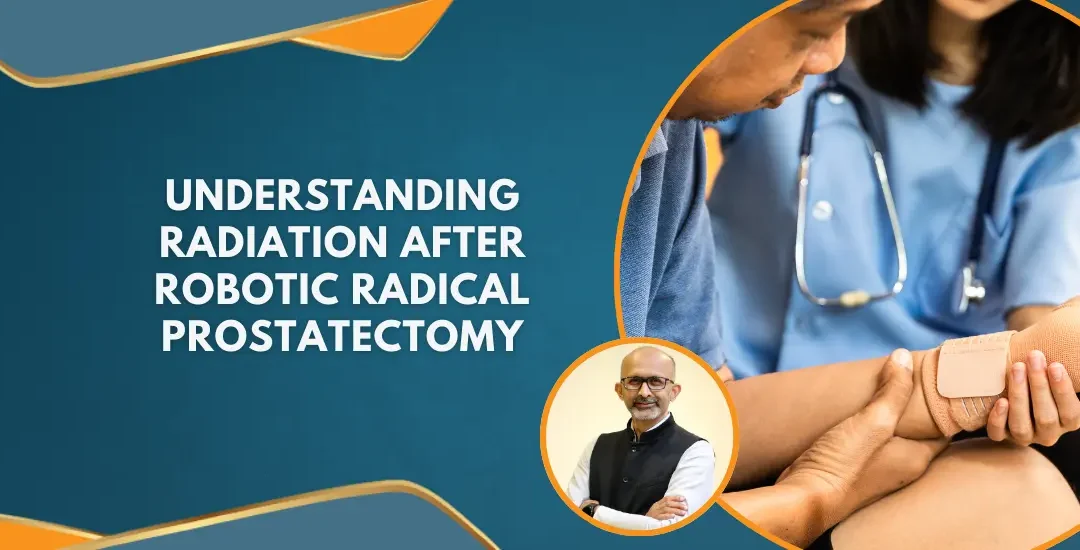
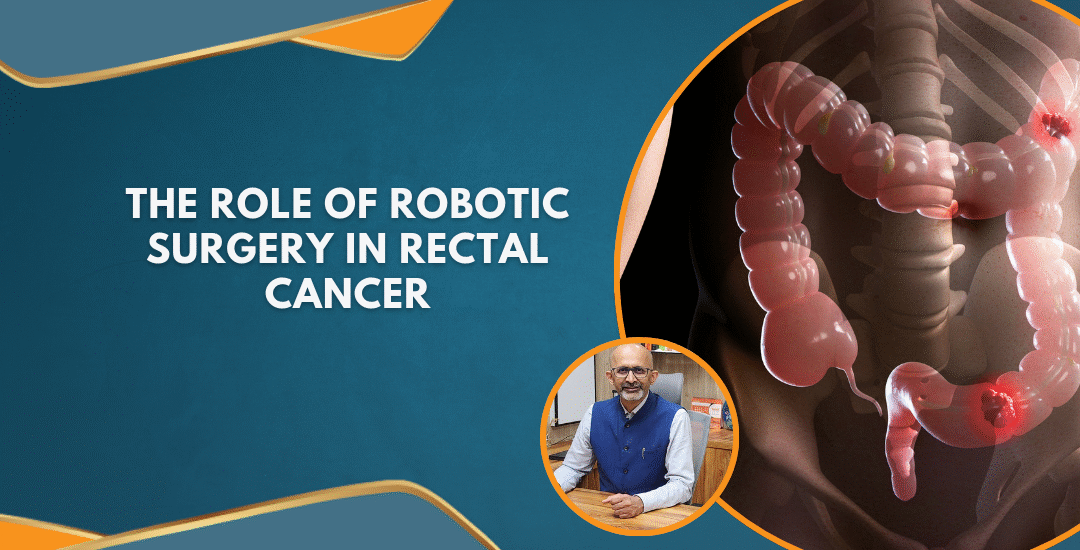
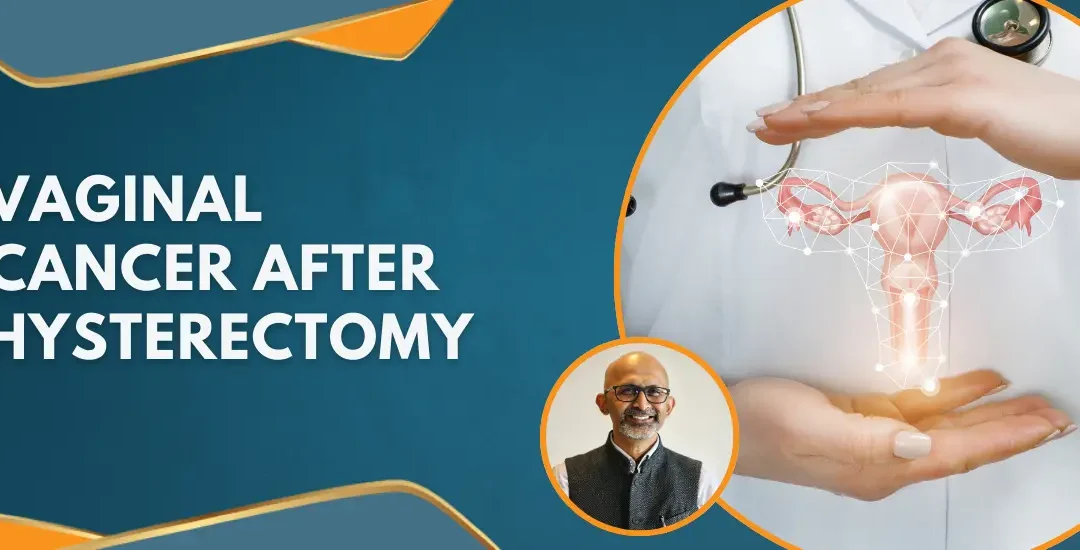









 After completing treatment, survivors may face challenges related to rehabilitation. These include managing long-term side effects, regaining physical strength, and adjusting to life after cancer. Survivorship care plans and services can help individuals address ongoing healthcare needs.
After completing treatment, survivors may face challenges related to rehabilitation. These include managing long-term side effects, regaining physical strength, and adjusting to life after cancer. Survivorship care plans and services can help individuals address ongoing healthcare needs.



 Immunotherapy uses the body’s immune system to spot and attack cancer cells. Checkpoint inhibitors, a form of immunotherapy, exhibit remarkable potential in combating specific cancers. These include those associated with the vaginal,
Immunotherapy uses the body’s immune system to spot and attack cancer cells. Checkpoint inhibitors, a form of immunotherapy, exhibit remarkable potential in combating specific cancers. These include those associated with the vaginal, Palliative care focuses on improving the quality of life for patients. It addresses symptoms such as pain, fatigue, and emotional distress. Additionally, it may involve
Palliative care focuses on improving the quality of life for patients. It addresses symptoms such as pain, fatigue, and emotional distress. Additionally, it may involve